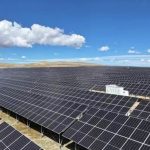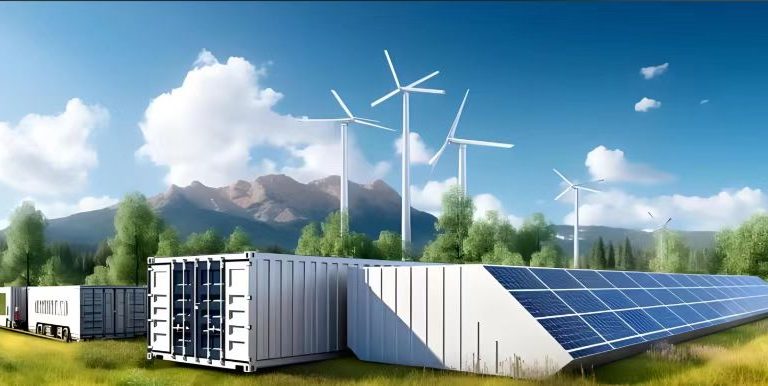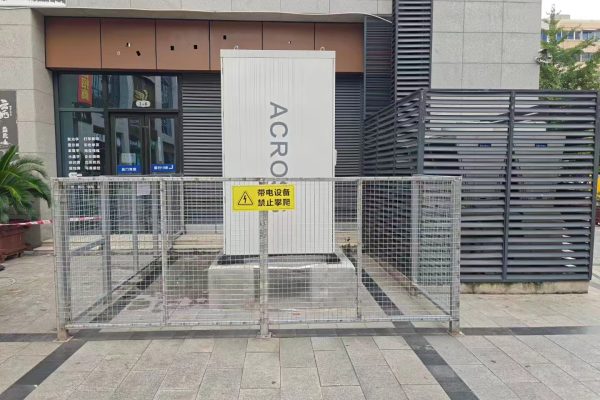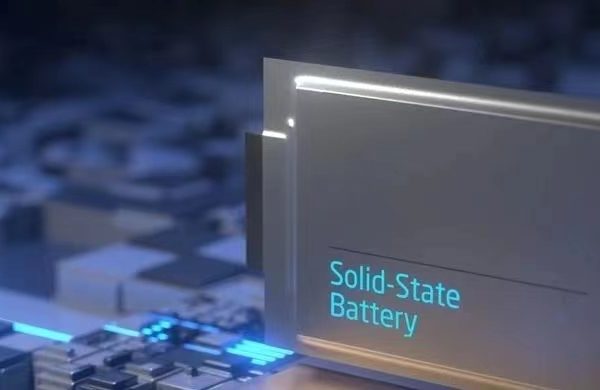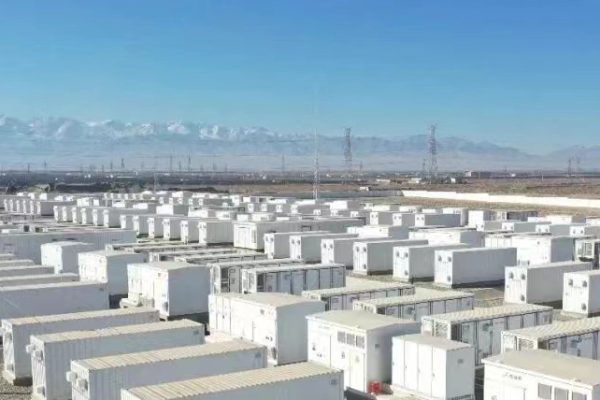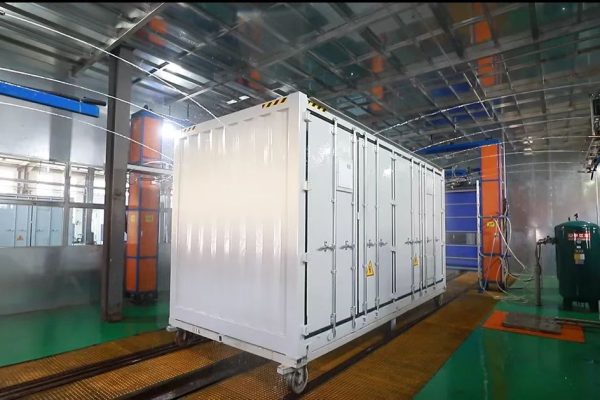How to Make the Right Choice for Off-grid and Weak-grid Projects
Why Phase Type Matters in Rural Microgrids
If you’re planning or supplying rural electrification systems, especially in off-grid or weak-grid areas, choosing between single-phase and three-phase inverters is a key system decision. The right configuration affects:
- Load compatibility
- Generator integration
- Cost of wiring and components
- Long-term scalability
Many system buyers aren’t aware of the implications until issues show up after installation — from unbalanced loads to generator sync problems.
This article explains the functional, cost, and project-level trade-offs between single-phase and three-phase inverters in small-scale rural applications (5–50kW), with practical insights from real project experiences.
1. Understanding the Basics: What Do “Phases” Mean?
- Single-phase systems use two wires (line and neutral) and deliver alternating current (AC) with a sinusoidal voltage that oscillates between positive and negative.
- Three-phase systems use three live wires (plus neutral if needed), each phase shifted by 120°, allowing smoother and more continuous power delivery.
Key Differences:
| Feature | Single-phase | Three-phase |
|---|---|---|
| Wiring | 2-wire | 3- or 4-wire |
| Voltage Stability | Less stable under high loads | More stable |
| Motor Load Handling | Limited | Superior |
| Installation Complexity | Simpler | Slightly more complex |
| Load Balance | N/A | Requires attention |
2. Load Types in Rural Mini-grids
Your inverter phase choice should be guided by load profile:
🏠 Typical Single-phase Loads:
- Lights, fans, mobile chargers, small TVs, fridges
- Used in homes, shops, clinics
- Total demand usually under 5–10kW
🛠 Typical Three-phase Loads:
- Water pumps, rice mills, small industrial tools
- Found in agricultural centers, schools, hospitals
- Motors >2kW typically require three-phase input
If the mini-grid must support productive use loads, three-phase support becomes essential.
3. When Single-Phase Inverters Make Sense
Single-phase systems are usually more affordable and easier to deploy, especially when:
- Daily load is below 8–10kW
- All buildings or homes have only single-phase wiring
- Budget is tight and simplicity is prioritized
- No large motor loads (e.g., <2HP)
Advantages:
- Lower equipment cost
- Simpler electrical layout
- Easier maintenance for local technicians
📌 Use Case: Small island school running lights, laptops, ceiling fans, and a refrigerator — 8kW system with hybrid inverter + 10kWh LFP storage, all single-phase.
4. When You Need Three-phase Inverters
You should specify a three-phase inverter when:
- The mini-grid needs to support agricultural or workshop machinery
- A diesel generator is used as backup or part of a hybrid setup
- Community-level loads (e.g., pumping, welding, cold storage) require balance
- You want to future-proof the system for expansion
Benefits:
- Supports motor start-up currents better
- Enables balanced grid-like energy delivery
- Works better with long cable runs and voltage regulation
🚜 Example: A rural microgrid powering 15 homes and a community rice mill — 25kW three-phase inverter + 40kWh battery system.
5. Installation & Balance Considerations
For Single-phase Systems:
- Must avoid overloading one leg in multi-home setups
- Easier if all loads are light and evenly distributed
- Wiring should be sized generously to avoid voltage drop
For Three-phase Systems:
- Load balancing is critical to avoid overloading one phase
- More complex wiring but lower current per line
- Suitable for multi-building or cluster distribution
System designers should always check neutral sizing and generator sync compatibility when deploying three-phase inverters.
6. What If You Need Both?
Some mini-grids include a mix of single-phase homes and three-phase loads. In that case:
- Use a three-phase inverter system, and distribute loads accordingly
- Homes can be split across phases (e.g., 5 homes per phase)
- Three-phase loads (e.g., 5HP pump) can draw from the full supply
- Use smart load controllers or EMS to optimize distribution
🧠 Tip: Inverter brands like Growatt, Deye, GoodWe offer stackable hybrid inverters in 3-phase configurations with EMS control options.
7. Cost Comparison (Approx.)
| System Size | Single-phase (USD) | Three-phase (USD) |
|---|---|---|
| 5kW + 10kWh | $3,000–$4,500 | Rare / Not ideal |
| 10kW + 15kWh | $5,500–$6,500 | $6,500–$8,000 |
| 20–30kW + 40kWh | $11,000+ | $12,000–$16,000 |
While three-phase inverters are slightly more expensive, they often save on:
- Generator fuel costs
- Cable sizing over distance
- System reliability issues
8. Questions to Ask Before Deciding
Here’s a checklist for clients or installers:
- 🧾 What is the peak and average load per building?
- 🚿 Are there motor-driven or inductive loads (pumps, compressors)?
- 🔌 What appliances or equipment might be added in 1–3 years?
- 🌐 Do I need generator compatibility?
- 🧰 Can my local electrician support three-phase wiring?
Conclusion: Match the Phase to the Real-World Load
In rural microgrids, choosing the right inverter phase configuration is about more than price — it’s about sustainability, reliability, and user satisfaction.
✅ Choose single-phase if:
- Loads are basic (lighting, refrigeration, small appliances)
- You want faster, cheaper deployment
✅ Choose three-phase if:
- There are pumps, tools, motors, or generator integration
- The community may expand to light C&I activity
- You want better balance and long-term resilience



